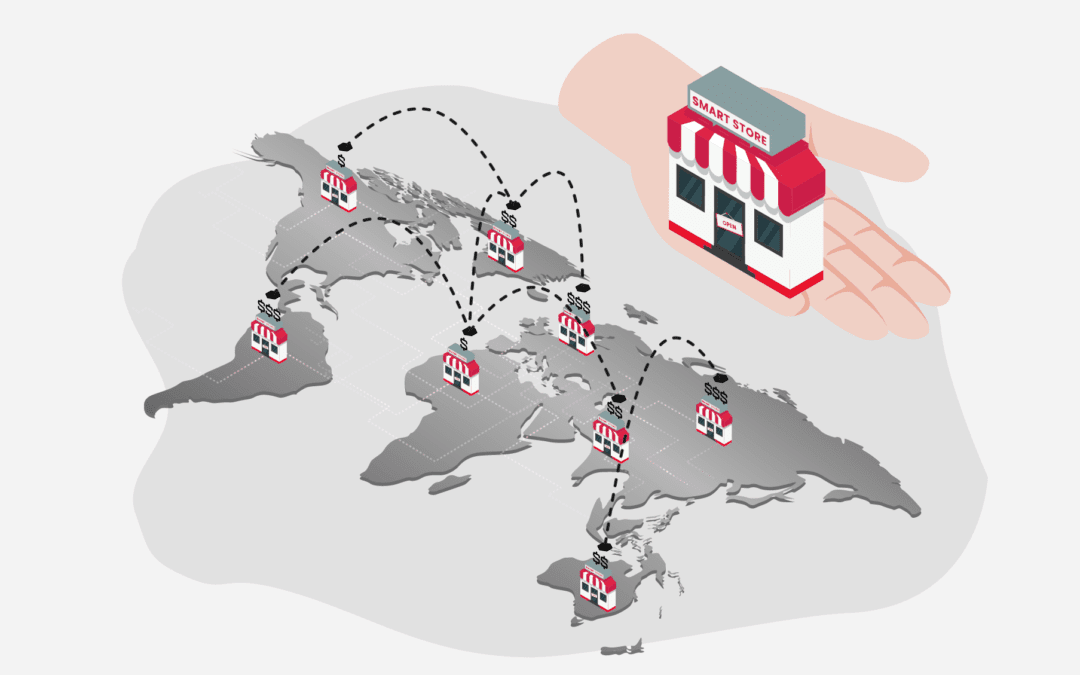The franchise model may be the latest favourite among corporate groups, but it is an ancient distribution model, dating back to ancient China and the Middle ages. Local titled landholders used to grant rights to serfs for holding markets or conducting businesses in their domains. With rights, the rules came, Benjamin Franklin is credited with the first franchise agreement entered into in 1731 Thomas Whitmarsh to provide printing services in South Carolina.
The 1850s saw another swing towards franchises, when Isaac M. Singer again looked to this business model for distributing the Singer sewing machines. But, it was nearly a century later that McDonalds laid the foundation for the franchise model in the industry. These businesses have successfully leveraged franchise models to scale businesses into recognized brands.
With more than 4,000 franchise business options of different kinds to opt for, a lot of aspiring business owners seeks to join a franchise rather than seeking to start their own business from scratch.
However, franchising might have transformed businesses, but making the right choice when it comes to models and ways to franchise your business is a must.
Before investing in a franchisee, new entrepreneurs should scout for well-planned business models which provide good ROI. A question that strikes the mind of the franchisee entrepreneur is – Which business model or plan guarantees risk-free business opportunities?
Rather than relying on COFO or Company-Owned-Franchise-Operated models now, franchisors are innovating through FOCO or Franchisee-Owned-Company-Operated and FOFO or Franchisee-Owned-Franchisee-Operated models to begin their venture. The focus is on either making an investment in the brand, or running franchise-based operations at one’s risk. To expand the footprint, a franchise owner needs to choose between business models based on careful research. Choosing the right business model as per investment capabilities and experience matter. So, let’s explore the 5 different ways to franchise your brand and grow your business.
1. FOFO (Franchise Owned Franchise Operated)
This model is selected by those entrepreneurs seeking rapid expansion of business or brand presence for penetrating new markets using the help of local businesses. In this model, the company carries out the training of staff, store setup and then hands over to the Franchise to observe operations, besides maintaining standards for SOPs established the Company. From that point, operations are managed independently by the franchisee.
The franchisee is also charged a licensing fee by the Company as per agreed terms. Random, as well as scheduled SOP audits are carried by the company to ensure franchisee outlets maintain high standards. When the franchisee fails to qualify for quality and compliance audits, the parent companies either levy fines or pull out from the contract.
When the local market knowledge of the franchisee combines with the business expertise and experience of the Company, this model yields successful outcomes.
An example of these is where the franchise owns and operates the business, but regular audits are performed by the franchiser Company to ensure quality standards are met. Notable retail groups following the FOFO model include Ferns and Petals and Gitanjali Jewels.
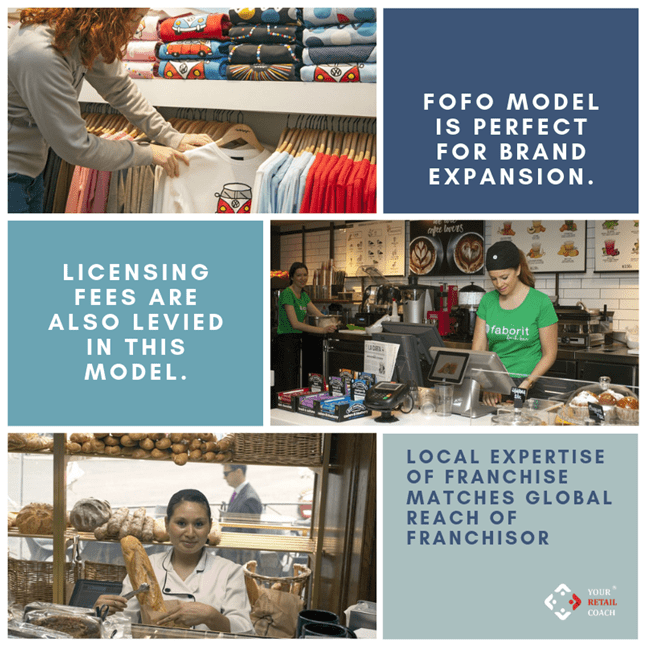
2. FOCO (Franchise Owned Company Operated)
If you need a profitable and feasible model, you can try the FOCO model where the franchisee gets proceeds sharing without taking part on business operations. On the other end, this model rejuvenates the company’s brand by assuring quality. This is the strategy adopted by companies like Thomas Cook (India) Ltd. have adopted predominantly. As against this, the COFO model depends on individual capabilities to venture into the world of commerce as entrepreneurs. FOCO offers value for money and minimal risk for both franchisees and franchisors.
FOCO fosters a partnership model where company has the liability to yield ROI on time otherwise it ends up in loss or profit. Aspiring entrepreneurs and business owners with large amount of capital to invest are likelier follow the FOFO model, as the store runs independently by adhering to the brand’ standards and guidelines.
FOCO is a partnership model where franchisees invest fixed costs. Running costs are managed by the company and the franchisee yields minimum percentage or guarantee of revenue earned. This also shields franchisees from bearing capex to renovate physical infrastructure and increasing the scope of operations. Basic expenses incurred include rent, salaries or the running costs; but franchisees can invest and spend on short-term and long-term promotional activities. Liabilities for the franchisee are minimal, when this model is selected.
This model is used by Companies which seek capital expenditure reduction and faster expansion within established or known markets. As per this model, the franchise owns its business but the brand building and operations are handled by the company. An advantage of this is that franchisees can oversee the business and question companies in the event of poor performance this model focuses on a profit sharing basis where companies get a bigger profit share than franchisees.
Exclusive Brand Outlets in lifestyle and fashion retail segments or fast food chains like McDonald’s where brands operate the business, while its ownership rests with local franchise owners, generally follow this model.
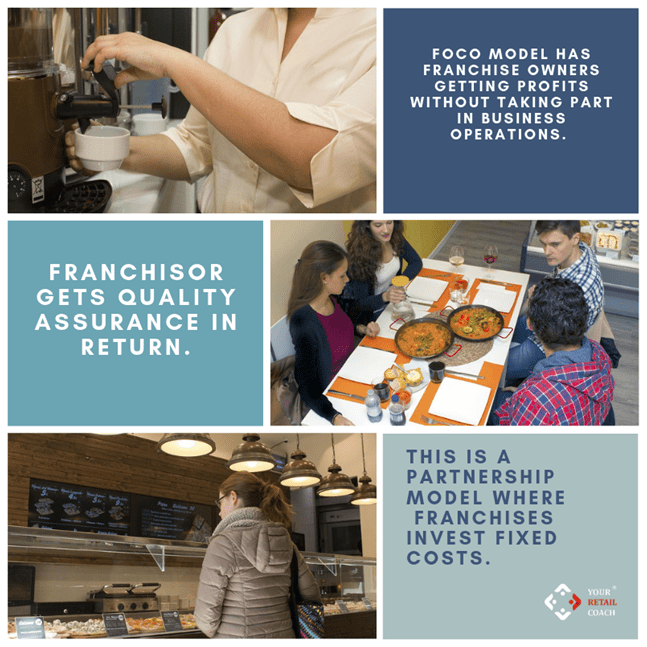
3. COFO (company Owned Franchise Operated)
This model is for Companies seeking to reduce their operational expenses. This model has the Company leasing the operations of the business to the franchise to take over business operations. The company holds training sessions and SOP audits for adherence to standards. Further, the business ownership vests solely the parent company or franchiser. Consequently, the company identifies more profitable or efficient franchisees. This model is adopted by companies in developed markets where the company operates and gets a high ROI.
Businesses owned by the company but operated by a franchise for temporary lease periods are a good example of this.
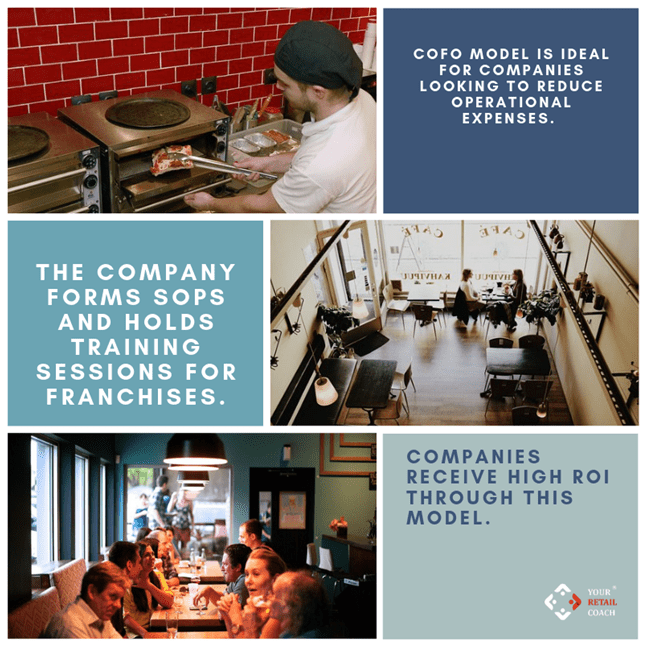
4. Active Franchise
This model offers a chance for companies or franchisors to convert some of the multiple retail outlets they own into franchisees. The USP of this is that the business receives a boost, in terms of profits and productivity, while a percentage of the retail outlets effectively operate as franchisees. The companies that offer this model are a minority. Franchises take over businesses which are profitable, in this model. So the advantage comes from companies that decide profit making stores should be allotted to franchise owners. This model enables franchisors to achieve high conversion ratios. Pre-established businesses and successful units ensure franchises get better ROI on their investment. It also translates into shorter gestation models.
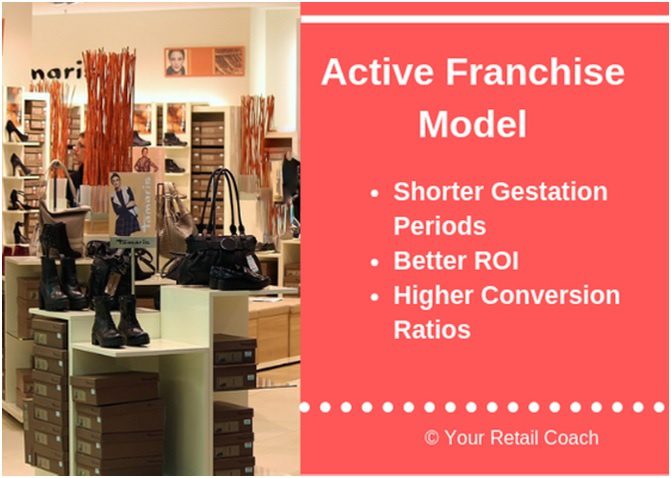
5. Devise your strategy
There are many franchise opportunities for entrepreneurs who see value in this business model. But not all franchise partnerships are smart investments. Prospective franchisees need to devise strategies and research opportunities they are interested in. The advice of a franchising consultant who is an expert is incredibly useful for entrepreneurs seeking the ideal franchise opportunity.
Franchise consultants know the ins and outs of a franchising industry. This serves to enable them to recommend numerous different franchises based on business profiles. Don’t blindly choose models for your franchise strategy. Instead rely on customized or tailored models for better outcomes. For this reason, choosing the right franchise strategist and consultant is absolutely essential.
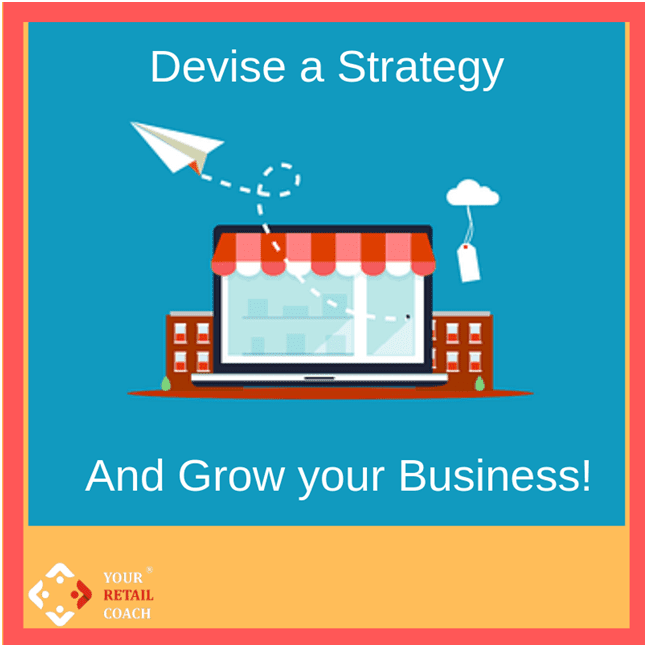
Concluding Thoughts
Devising the right expansion model, one need to take the help of Your Retail Coach/YRC consultants to analyze which model is best suited to the products, services and industries where franchise opportunities are sought. Owning your franchisee or becoming a franchisor can be really rewarding. Experience the certainty of choosing the right franchise model for your needs by opting for dedicated consultants qualified in every aspect of research, analysis and in-depth understanding of the strategic franchise opportunities out there. Leverage these business models by opting for a strategic alliance with YRC and know the benefits of making an informed decision based on expertise you can trust.
PR Source from: http://www.sbwire.com/press-releases/yrc-details-5-effective-strategic-ways-to-franchise-a-brand-1214753.htm


